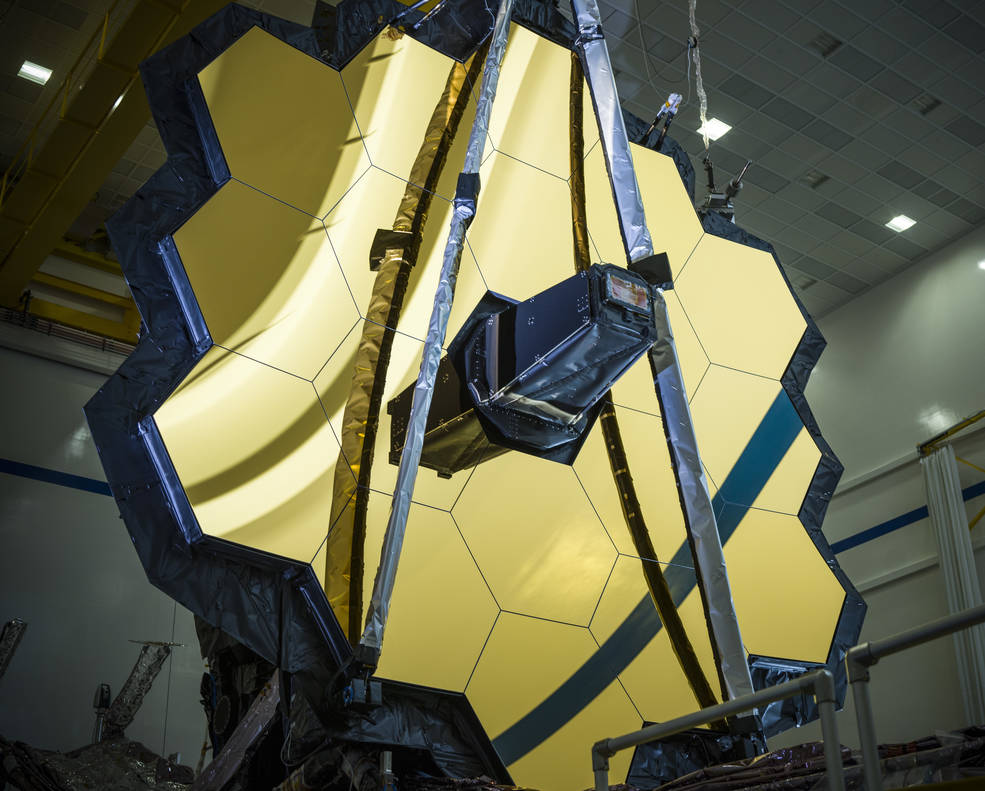NASA’s next-generation space telescope is ready to launch after more than two decades of development.
The James Webb Space Telescope is set to launch on Saturday (Dec. 25) at 7:20 a.m. EST during a 32-minute window (1220 GMT). The enormous observatory will launch from Kourou, French Guiana, atop a European launch company Arianespace’s Ariane 5 rocket. Beginning at 6 a.m. EST (1100 GMT), NASA will broadcast live coverage of the launch on Space.com or directly on the agency’s website.
Advertisement
Now, providing all goes well, the James Webb Space Telescope will spend a little under two days on the launch pad. If the rocket misses its Saturday launch window, possibilities will be available every day until the end of the year.
NASA is in charge of the observatory, with cooperation from European and Canadian space agencies. The telescope will spend its first month in orbit unfurling in a laborious deployment phase and travelling out to its station, which will be 1 million miles (1.6 million kilometres) beyond Earth.
Scientists believe that by mid-2022, the telescope will be collecting data on the solar system, galaxy, and far beyond. The observatory will focus on gathering infrared light, which will aid scientists in studying the universe’s initial origins.
The James Webb Space Telescope was announced by NASA in 2002, and construction began two years later. Although the observatory was supposed to start in 2007, it has been plagued by delays and cost overruns.
The telescope will investigate the atmospheres of a variety of exoplanets. It will also look for atmospheres similar to Earth’s, as well as the signatures of important chemicals like methane, water, oxygen, carbon dioxide, and complex organic molecules, in the hopes of discovering life’s fundamental building blocks.
The mission will explore the outer planets while focusing on our own solar system, as many exoplanets resemble Neptune and Uranus.
(With European Space Agency inputs)









